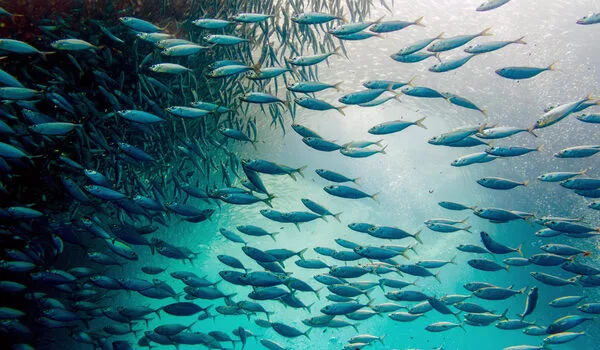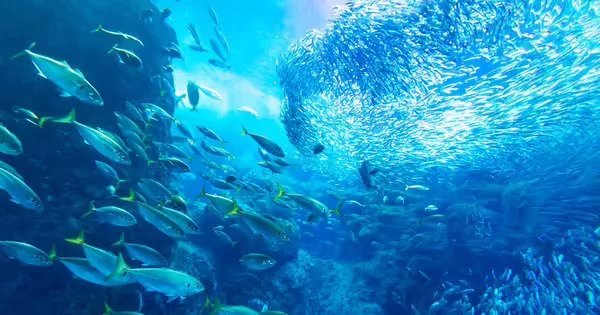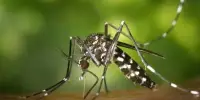While ocean cooling can affect the environment and impact fish populations, it’s not a direct cause of larger fish. Other factors such as changes in food availability, evolution, and migration patterns can also play a role in determining the size of fish populations.
Biologists decided to test this hypothesis using tetraodontiform fishes as a model group to see if paleoclimatic temperature shifts are correlated with body size changes. Many dynamic climate shifts in Earth’s geological history have been associated with large temperature changes. These environmental changes can result in trait changes, such as body size, that can be seen in the fossil record.
The study was led by Dahiana Arcila, assistant professor of biology and assistant curator at the Sam Noble Museum of Natural History, with Ricardo Betancur, assistant professor of biology, along with biology graduate student Emily Troyer, and involved collaborators from the Smithsonian Institution, University of Chicago, and George Washington University in the United States, as well as University of Turin in Italy, University of Lyon in France, and CSIRO Australia.
Based on fossil data, we show that these fish began very small, but you can see that living species are much larger, and those changes are associated with the cooling of the ocean over this very long period of time.
Dahiana Arcila
The researchers discovered that the body sizes of these fishes have grown larger over the last hundred million years in tandem with the gradual cooling of ocean temperatures.
Their discovery follows two well-known rules of evolutionary trends: Cope’s rule, which states that organismal body sizes tend to increase over evolutionary time, and Bergmann’s rule, which states that species reach larger sizes in cooler environments and smaller sizes in warmer environments. What was less clear was how these rules applied to ectotherms, organisms that can’t regulate their internal body temperatures and rely on external or environmental climates.
“Cope’s and Bergmann’s rules are fairly well-supported for endotherms, or warm-blooded species, such as birds and mammals,” Troyer said. “However, among ectothermic species, especially vertebrates, these rules tend to have mixed findings.”

The lack of fossil records makes studying ancient fish difficult. To supplement the missing information, the researchers combined genomic data from living fish with fossil data.
“When you look across different groups in the tree of life, you will notice that there are a limited number of groups that actually have a good fossil record, but the larger marine fish group (known as Tetraodontiformes), which includes the popular pufferfish, ocean sunfish, and boxfish, is remarkable in that it has a spectacular paleontological record,” Arcila said. “So, by integrating those two fields, genomics and paleontology, we’re actually able to bring into the picture new results that you won’t be able to obtain using just one data type.”
The genomic and fossil data were then combined with ocean temperature data, which demonstrated that the gradual climate cooling over the last 100 million years is associated with increased body size in tetraodontiform fishes.
“Based on fossil data, we show that these fish began very small, but you can see that living species are much larger, and those changes are associated with the cooling of the ocean over this very long period of time,” Arcila explained.
While the evolution of tetraodontiform fishes appears to support Cope’s and Bergmann’s hypotheses, the authors caution that many other factors could influence fish body size evolution.
“It’s really exciting to see support for these two biological rules in Tetraodontiformes, as these trends have received less attention in marine fishes than in terrestrial species,” Troyer said. “We will undoubtedly learn more about their body size evolution in the future.”















